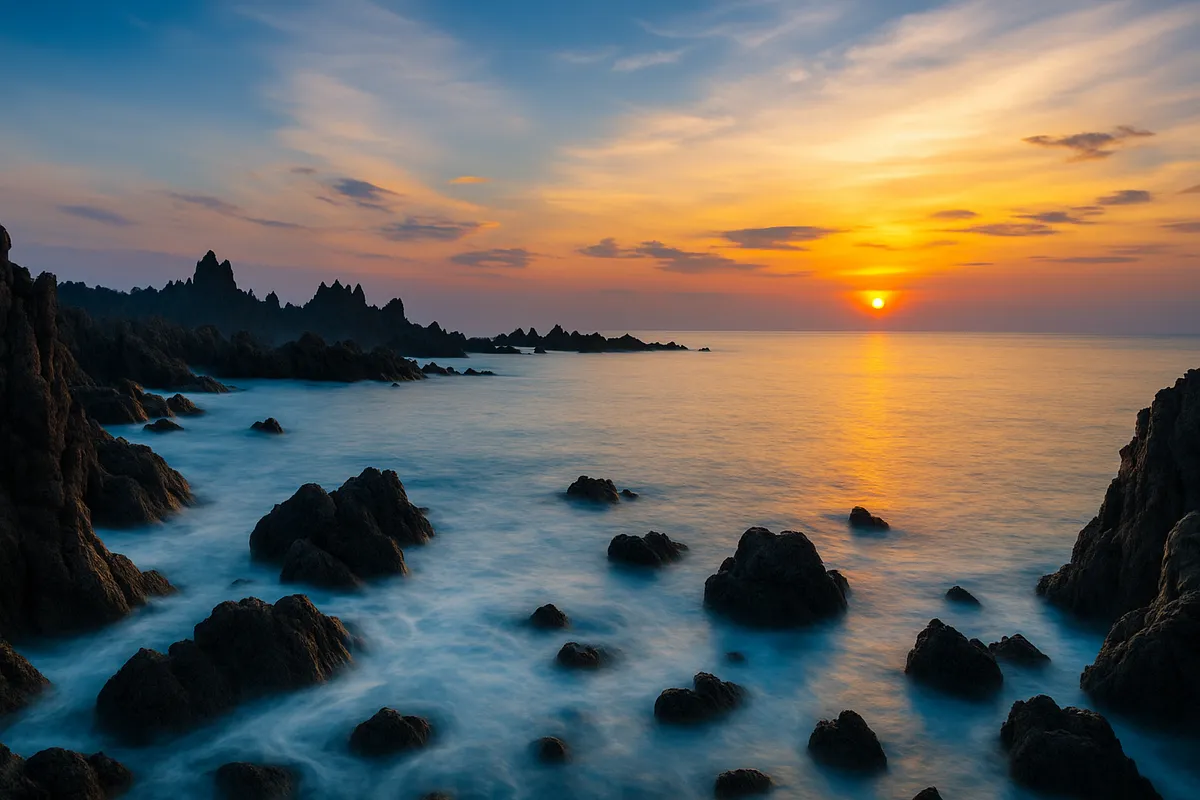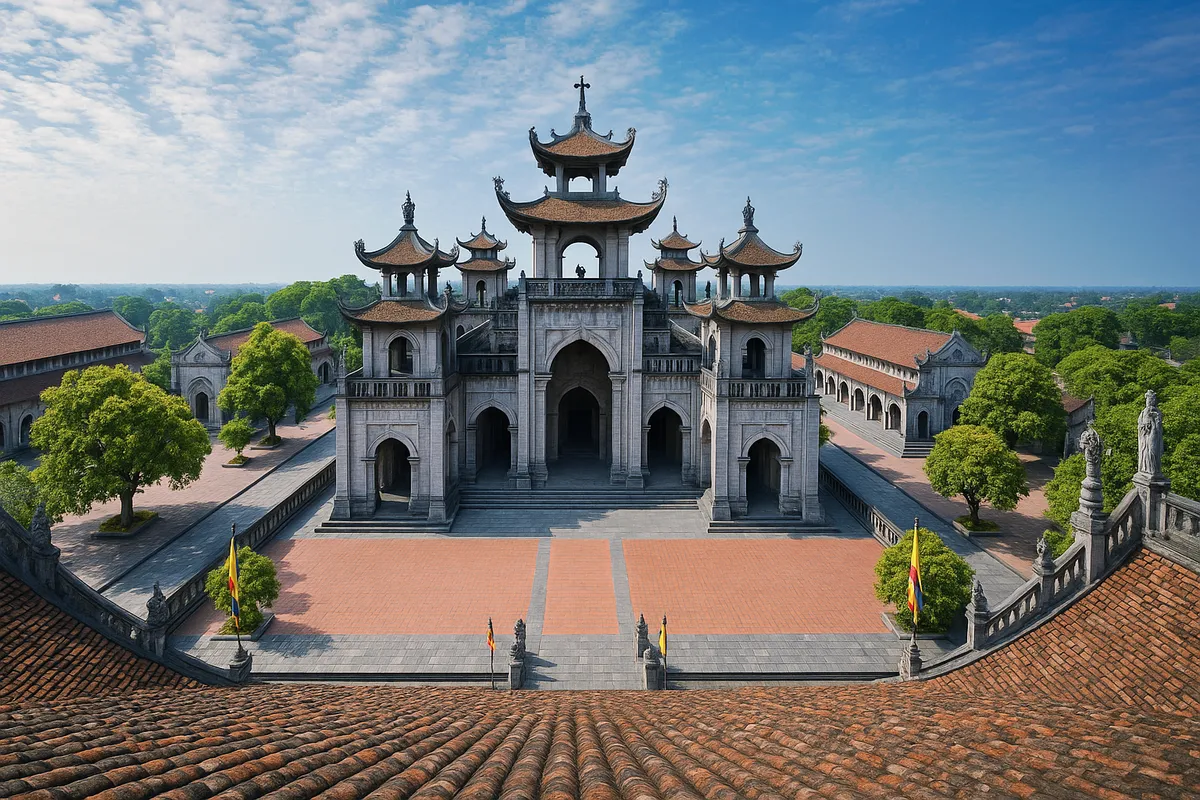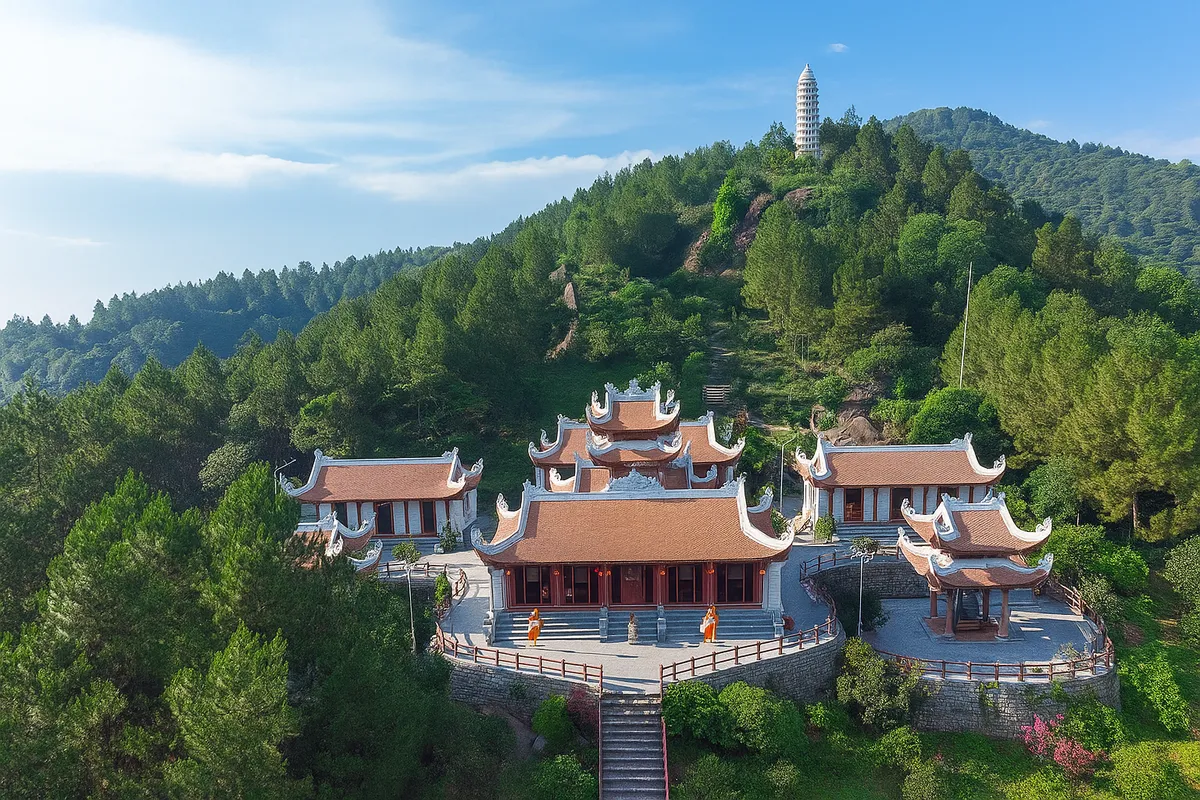What to prepare for first time traveling to Ta Xua?
- Friday, Jun 13, 2025, 09:59 (GMT+7)
What to prepare for first time traveling to Ta Xua?
Ta Xua is not an easy destination to please everyone. But for those who yearn to touch the clouds, to stand between sky and earth and feel their own smallness in the presence of nature, this place offers a quiet and irresistible call. Located on the border of Bac Yen and Tram Tau districts in Son La province, Ta Xua was once familiar only to seasoned explorers. In recent years, however, its fame has grown rapidly thanks to breathtaking images of cloud-covered ridges that captivate dreamers and adventurers alike.
Getting to Ta Xua requires thoughtful planning, but with the right choices, the journey becomes surprisingly accessible. From Hanoi, one of the most convenient ways is to take an overnight bus to Bac Yen, then rent a motorbike the next morning for the climb to Ta Xua. Bus operators such as Xuan Trang and Hai Van offer comfortable rides priced between 250,000 and 300,000 VND, taking about six hours. For those traveling in small groups, renting a private car or driving a personal vehicle is more flexible, especially if there is interest in exploring lesser-known places like Hang Gio or Hang Dong. The 15-kilometer road from Bac Yen to Ta Xua is short but steep and winding. Drivers should be especially careful during rainy or foggy conditions. Experienced travelers often recommend arriving the night before to catch the best cloud views early the next morning when the sky is still soft and the mist is thick.
Local cuisine in Ta Xua is not abundant, but it is full of character. Thang co, a traditional dish, surprises many visitors with its unique blend of herbal flavors. Grilled pork with mac mat leaves is a hearty and unforgettable specialty. Cai meo, a local vegetable, is crisp and sweet when stir-fried and is only available during the colder months. Those in the know often avoid flashy restaurants and instead seek out small local kitchens with no signs, run by ethnic minority families in the village center. Prices are affordable, and the food reflects the warmth and hospitality of mountain life. A practical tip is to ask young locals working in homestays for their recommendations, as they know where the real gems are and what flavors suit visitors best.
Accommodation in Ta Xua offers more than just a place to sleep. It provides an immersive experience with nature. Homestays scattered along the mountain ridges deliver stunning views of the surrounding clouds. Popular options such as Du Gia Ta Xua Ecolodge, May Ta Xua Homestay, or Xa Homestay are designed to offer quiet comfort and a sense of being part of the mountain itself. Prices range from 400,000 to 700,000 VND per night for private rooms or around 100,000 to 150,000 VND for shared accommodations. Some places also offer tent rentals pitched on mountain edges for those who want to sleep surrounded by mist and wake up with the clouds. Camping is also possible at popular photo spots like the dinosaur spine ridge or Turtle Head cliff. This option is especially attractive to adventure seekers, though it requires preparation and a commitment to leave no trace.
Ta Xua’s beauty changes with the seasons. In winter, the sea of clouds is at its thickest and can be seen clearly between five and eight in the morning. Spring brings blooming wild peach blossoms that add color to the misty hills. Summer reveals ancient tea forests in Hang Dong, where trees over a hundred years old continue to thrive. Local people still harvest tea at dawn when the leaves are covered with dew to preserve their gentle fragrance and flavor. Travelers lucky enough to share a pot of tea with villagers, brewed from cold mountain spring water, often describe it as a deeply calming and unforgettable experience.
Ta Xua is a paradise for photography lovers. The most iconic location is the dinosaur spine ridge, a narrow trail between deep valleys, often covered in floating clouds. Photos taken from a low angle with a subject standing at the ridge’s peak, surrounded by clouds, always impress. Other scenic spots include Turtle Head cliff, a solitary tree in the ancient tea forest, and the red dirt roads winding through the hills. One valuable tip is to take photos right after a night of rain. Early sunlight combined with thin mist creates a dreamy atmosphere that enhances every image naturally.
To enjoy Ta Xua without disappointment, there are important details to consider. Avoid weekends and public holidays if possible. Overcrowding during peak times can ruin the peaceful experience and drive up service costs. Savvy travelers plan weekday visits, arrive early, and avoid staying near the busiest photo points to enjoy more privacy and connection with nature.
Packing properly is crucial. Temperatures in Ta Xua are significantly lower than in the lowlands, especially at night and before sunrise. Warm clothing, insulated bottles, gloves, and spare power banks are recommended. Electricity is limited in some homestays. If trekking or camping is on the agenda, be sure to bring a light raincoat, a headlamp, and enough water. One smart tip from experienced trekkers is to carry a lighter. Even if it is not used for smoking, it can help start a fire for warmth or signal for assistance if needed.
Ta Xua is not a place for rushing. Its beauty slowly reveals itself to those who wait. It invites people to pause, to watch the clouds drift across the sky, to listen to the wind through the trees, and to feel nature’s rhythm in their own heartbeat. The most precious thing that visitors bring back from Ta Xua is not a photo but a sense of inner stillness, like a breath of mountain air that stays quietly within.

 CHECKIN.VN
CHECKIN.VN








Share on